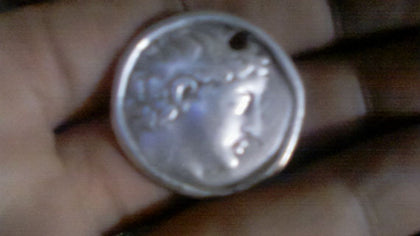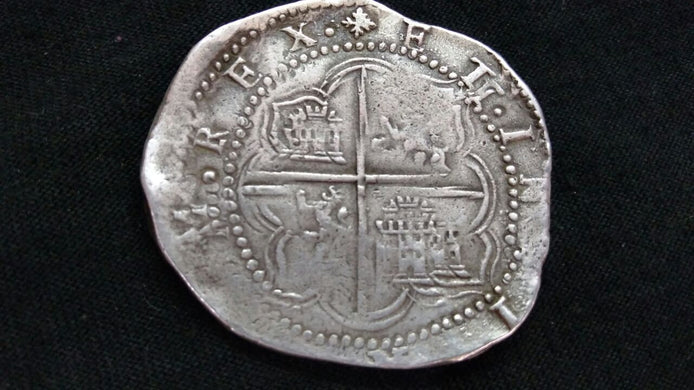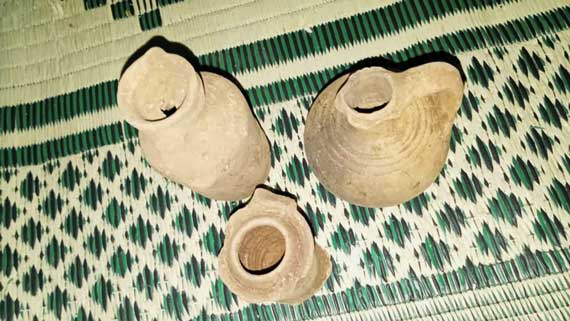Rare Discovery: Tetradrachm from the Seleucid Era

Region: North Africa
Estimated value: AED 3,480.00
Time of origin: between 270 and 220 BC
The Diadochi Dynasty of Seleucus
This rare coin originates from the Seleucid kingdom, from the period between 270 and 220 B.C. The Seleucid Empire was a Diadochian dynasty in the Near East. The founder of the Seleucids, Seleucus I, was a commander of Alexander the Great and inherited the province of Babylonia after his death. After further conquests, large parts of the old Alexander Empire fell into Seleucid territories. At its heyday, large parts of Asia Minor, Syria, Mesopotamia, Persis, Parthia and Bactria belonged to the Seleucid dominions.
This coin is a tetradrachm, probably from the reign of Antiochos Hierax.
The Coin Culture of the Seleucid Empire
Seleucid coins often show the profile of the ruler in power at the time, such as Antiochos I or Seleucus I. The reverse shows animals like horses or Greek deities. The powerful generals and rulers of the Seleucids are known only through their self-portraits on well-preserved coins.
It is also noteworthy that coins were used as propaganda in the Seleucid Empire, and often influenced the people through propagandistic messages on it.

The coin probably shows the image of the ruler Antiochos Hierax. He ruled the Seleucid Empire around 230 BC after his older brother Seleucus II declared him co-ruler. However, he turned against his brother and expelled him from Asia Minor. Consequently, Antiochos II was now ruler over large parts of Asia Minor. This ambition is also reflected in Antiochos' name. Hierax means hawk, which in the culture of the Seleucid Empire represented ambition.
The Economy of the Seleucid Empire
The Seleucid Empire, like its predecessors, benefited from its favorable geographic location on the Silk Road. Between 115 BC and the 13th century AD, the Silk Road was one of the most important, if not the most important trade route in the world. The 6,400 km (approx. 4,000 miles) long route led along the Great Wall of China, over the Pamir Mountains to Afghanistan. From Afghanistan, the transported goods were shipped across the Mediterranean Sea. Thus, the Silk Road connected a very large part of the Asian and European economies.
Every country and empire along the Silk Road benefited from the short and efficient trade routes. The main economy in the western cities of the Seleucid Empire was trade in metal jewelry and ceramics. These goods were then exported mainly to Italy and Greece. The region of Babylonia was particularly specialized in textile production. The location of the Seleucid Empire on the Dead Sea allowed them to obtain asphalt for road construction.
Like any great economy with a lot of turnover, it needed a universal medium of exchange for its goods: coins. Coins have been the central means of payment and exchange in the world since they were invented in China almost 2000 years ago.
Get Rewarded for Your Treasure Finds
You have also made discoveries and detected amazing artifacts and would like to share them (anonymously)? We look forward to reading and publishing your success stories!


